I
Introduction
A reckoning with racism and the imperative of racial justice remains a critical topical issue. Also, the enduring presence of structural racism worldwide was brought to light during the resurgence of the Black Lives Matter (BLM) movement following the death of George Floyd in 2020. The resultant effect was characterised by global eruption and international demonstrations against racial injustice.
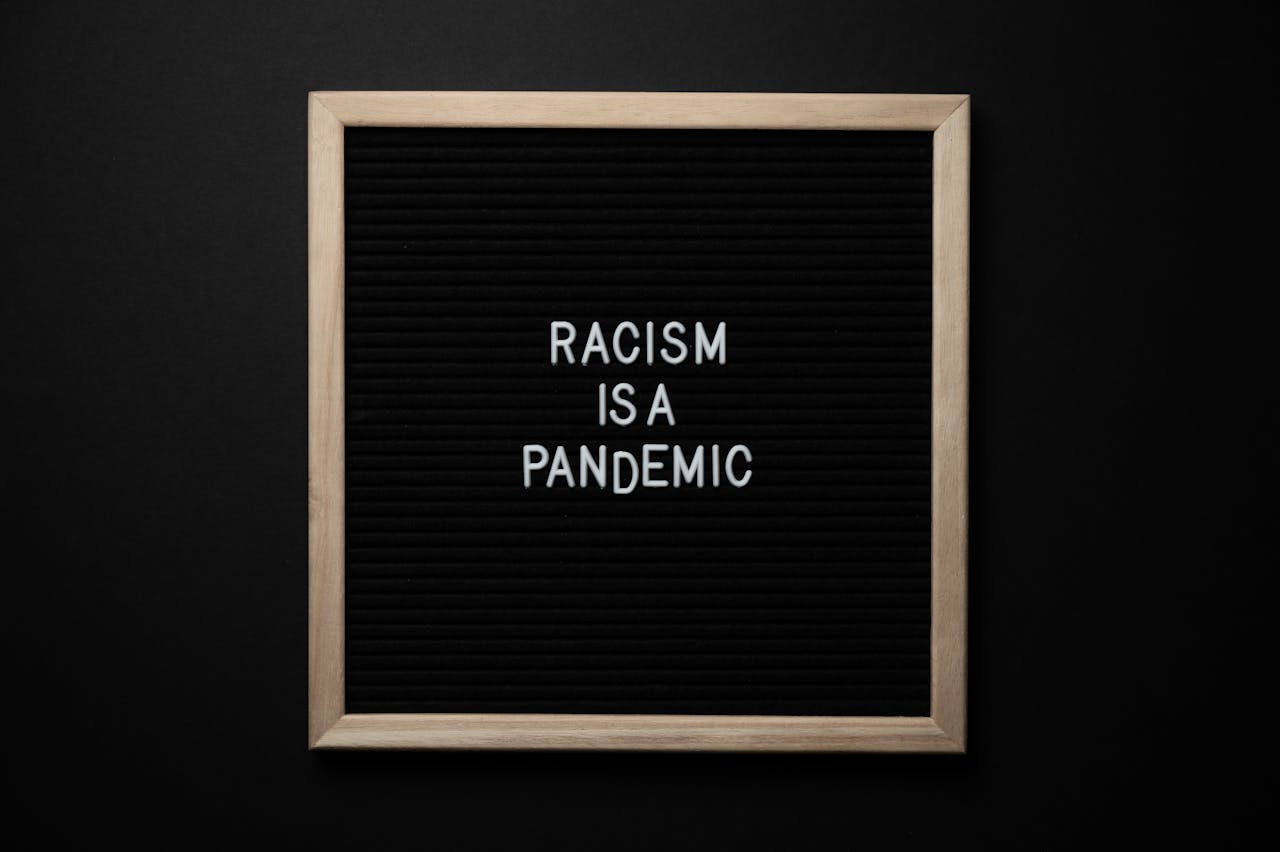
Now more than ever, racism in the US and across the globe is being subtly sustained by the international development and humanitarian system including racial justice NGOs. Even more, workers have exposed damaging and racist practices occurring within their organisations. This continues to necessitate the call for more action to be taken against racism.
As can be seen, this is a time of immense possibility to make progress on anti-racism. Likewise, more trust is being placed on racial justice charities to advocate change that bends the arc of the universe towards social justice.
II
What is Racial Justice?
Racial justice promotes equity for all, which is the methodical and just treatment of individuals of all races in practice and policy. The phrase is commonly employed when analysing the disproportionate injustice among communities of colour and the widely reported instances of police brutality.
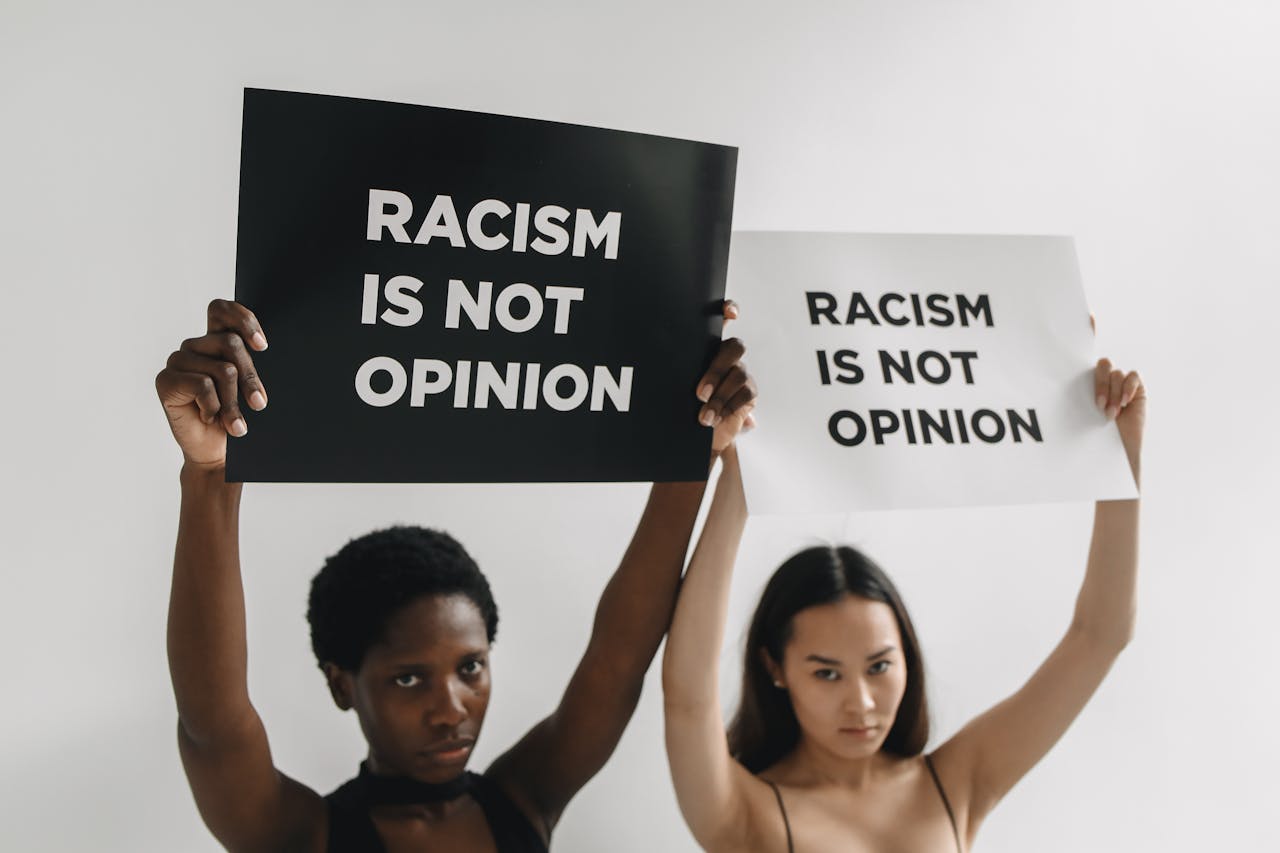
As we all know, race is a social construct rather than a biological or scientific fact. Hence, there is no objective definition for the terms “race” and “racism.” Nonetheless, for many centuries, individuals have classified people into various characteristics such as skin tone, ancestry, or citizenship. The modern legal definition of race, found in Section 9 of the Equality Act 2010, expresses these social practices. The terms “race” refer to ethnicity, nationality, and colour.
By and large, every one of our institutions is structurally laced with racial injustice. Likewise, racial disparities are widespread and can be observed in a variety of settings, including housing and healthcare. Within our organisational cultures, racism is not only ingrained but also replicated through systems, policies, and structures. These racist practices and attitudes are concealed in the very fabric of an organisation’s culture and structure.
Consequently, it takes intentionality to achieve racial justice and equity. To begin with, organisations must evaluate their capacity to consistently implement specific required measures to produce the intended outcome. Also, they must decide whether or not to make racial justice the focal point of their operations.
III
Critical Statistics that Emphasize the Need for Racial Justice
In this section, we will consider critical statistics that reveal the high level of racial injustice practices most especially in the United States.
a. Unjust incarceration
In 2000, black people made up nearly half of inmates in state prisons despite accounting for only 13% of the U.S. population. Also, in 2020, the rate of incarceration for Black adults was still five times higher than that of White adults. In the United States, Black men are typically sentenced to 19.1% longer terms than White men who are found guilty of the same crimes. Based on the JDI database from 349 jails, the average number of White inmates increased by less than 1% between March 2020 and December 2022, while the average number of Black inmates increased by 8%.
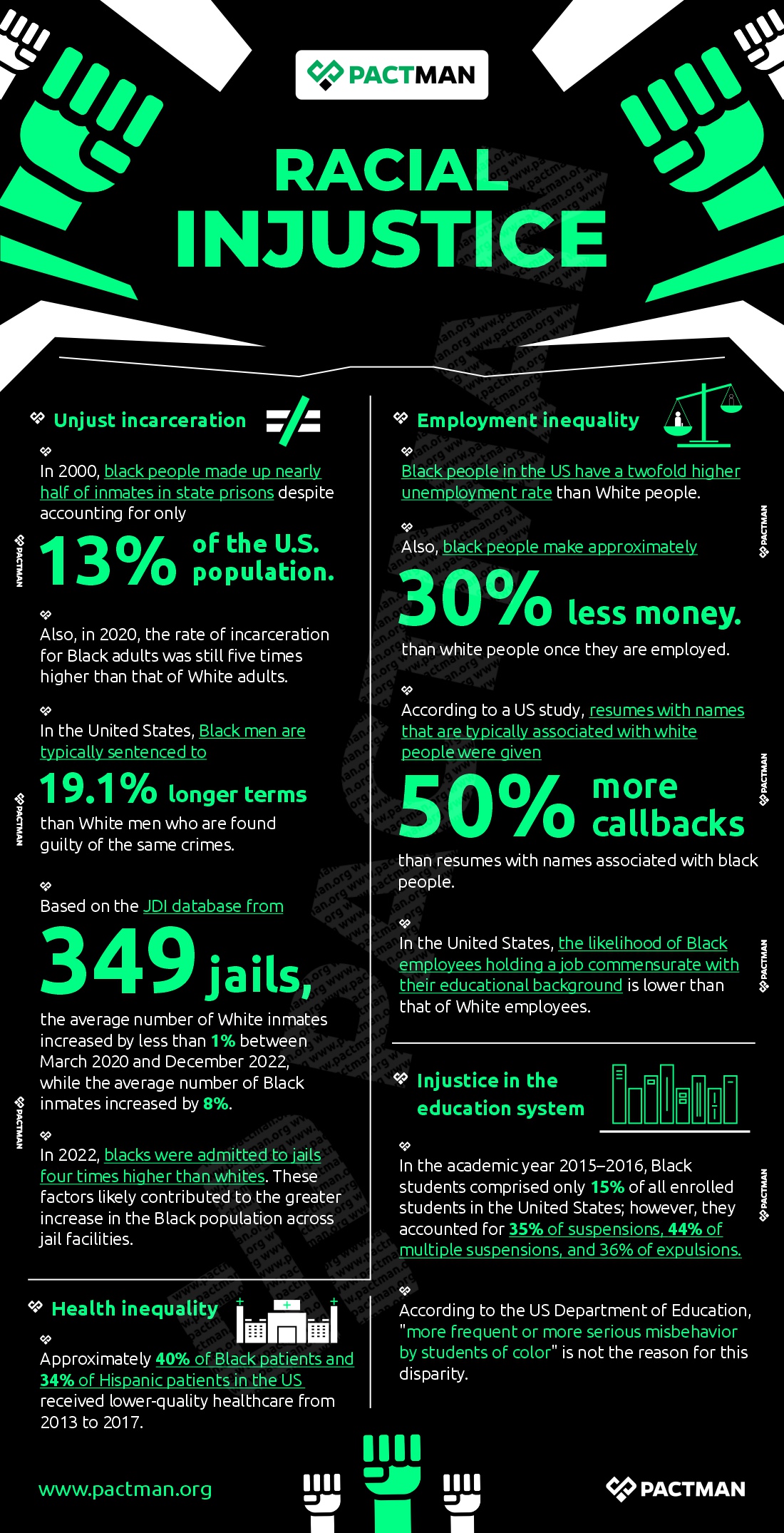
Also, in 2022, blacks were admitted to jails four times higher than whites. These factors likely contributed to the greater increase in the Black population across jail facilities.
b. Length of stay
In 2022, the same proportion (54%) of White and Black people who were released from the 498 facilities spent one week or less behind bars. Nonetheless, a higher percentage of Black individuals had been incarcerated for longer than three months, and this difference increased between 2021 and 2022. According to reports from the Bureau of Justice Statistics (BJS), there was a 22% drop in the gap rates of jail incarceration between Black and White individuals between 2011 and 2021.
c. Police injustice
The 2019 General Social Survey on Victimisation revealed that nearly one in five (18%) Black people reported having “not very much” or “no” confidence in the police. This is more than double the proportion among the non-Indigenous, non-racialised population (8%), who also reported not being very confident in the police.
When it came to dealing with the police, 16% of Black respondents said they had experienced discrimination, whereas 4% of non-Indigenous, non-racialised respondents reported the same thing.
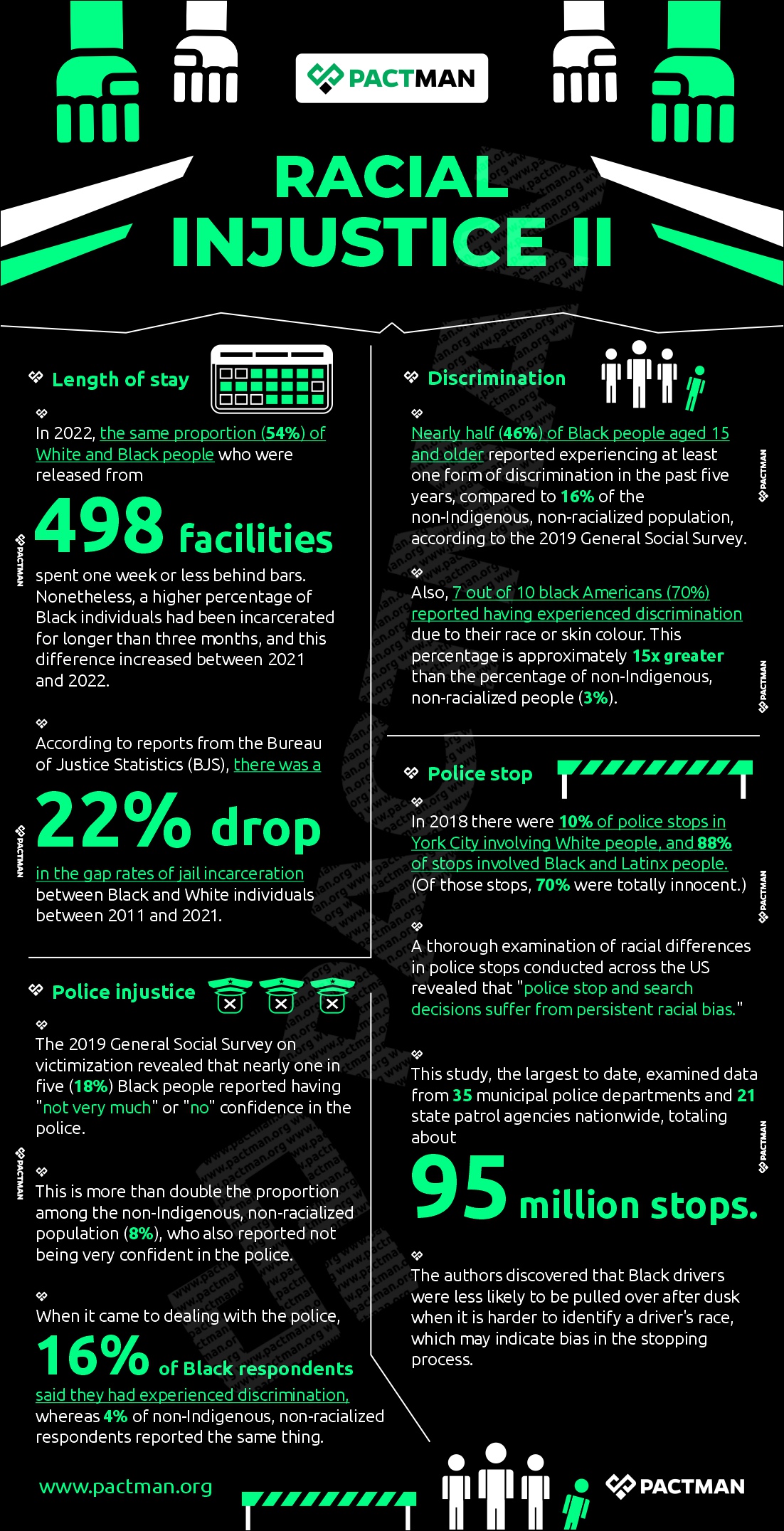
d. Discrimination
Nearly half (46%) of Black people aged 15 and older reported experiencing at least one form of discrimination in the past five years, compared to 16% of the non-Indigenous, non-racialised population, according to the 2019 General Social Survey.
Also, 7 out of 10 black Americans (70%) reported having experienced discrimination due to their race or skin colour. This percentage is approximately 15x greater than the percentage of non-Indigenous, non-racialised people (3%).
e. Injustice in the education system
In the academic year 2015–2016, Black students comprised only 15% of all enrolled students in the United States; however, they accounted for 35% of suspensions, 44% of multiple suspensions, and 36% of expulsions. According to the US Department of Education, “more frequent or more serious misbehaviour by students of colour” is not the reason for this disparity.
f. Police stops
In 2018 there were 10% of police stops in New York City involving White people, and 88% of stops involved Black and Latinx people. (Of those stops, 70% were innocent.)
A thorough examination of racial differences in police stops conducted across the US revealed that “police stop and search decisions suffer from persistent racial bias.” This study, the largest to date, examined data from 35 municipal police departments and 21 state patrol agencies nationwide, totalling about 95 million stops. The authors discovered that Black drivers were less likely to be pulled over after dusk when it is harder to identify a driver’s race, which may indicate bias in the stopping process.
g. Health inequality
Approximately 40% of Black patients and 34% of Hispanic patients in the US received lower-quality healthcare from 2013 to 2017.
h. Employment inequality
Black people in the US have a twofold higher unemployment rate than White people. Also, black people make approximately 30% less money than white people once they are employed. According to a US study, resumes with names that are typically associated with white people were given 50% more callbacks than resumes with names associated with black people.
In the United States, the likelihood of Black employees holding a job commensurate with their educational background is lower than that of White employees.
IV
Constraints of Racial Justice Charities
While the law can be an effective weapon in the fight against racism, it cannot solve all problems. Although the current legal system has many advantages, racial justice organisations continue to face many obstacles in their efforts to help victims of racism obtain justice.
Essentially, one such obstacle is cuts to legal aid. As we all know, people of colour have been disproportionately affected by the structural economic injustices they experience. Even more, racial injustice cases are frequently exacerbated by poverty and class.

By and large, racial justice organisations have discovered that formal legal procedures like litigation can be beneficial in establishing norms and standards of behaviour, as well as in obtaining financial compensation. However, the adversarial character of legal action can also have unfavourable impacts. Official legal procedures have the potential to worsen already-existing conflicts and offer little in the way of real education and insight for the offender.
Nonetheless, without the expenses, delays, and psychological strain of litigation, informal legal procedures can be especially successful in getting the victims the compensation they deserve. Informal processes include contacting businesses and service providers, assisting with mediation, and educating people and organisations about their legal obligations and rights under applicable anti-discrimination laws.
Also, racial injustice has a cascading effect that extends beyond the immediate incident. Hence, organisations considering formal and informal legal action must be especially aware of how their biases and prejudices may impact their work. Additionally, racial justice nonprofits should strive to offer a comprehensive service to their clients.
V
Forms of Legal Actions Undertaken by Racial Justice Charities
Many people associate “legal action” with attorneys arguing cases in front of juries and judges in courtrooms. Notwithstanding, racial justice NGOs may pursue diverse legal actions, each with its own objectives.
First, it’s important to distinguish between creating policies and taking legal action. Many nonprofits advocate for changes to and reinforcement of the legal framework to address racial injustices. Primarily, they use their specialised knowledge to influence decision-makers.
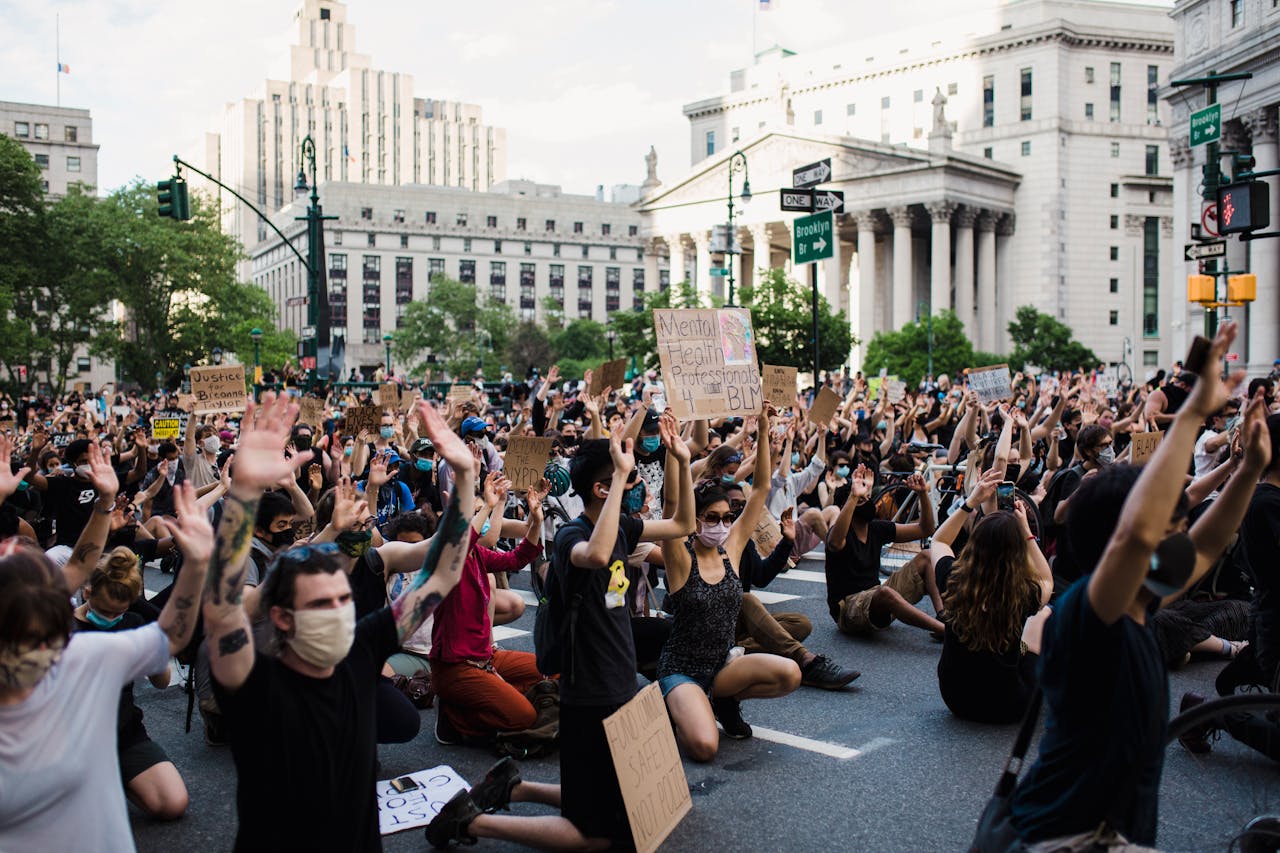
To accomplish these ends, racial justice NGOs use four kinds of legal action. The first two legal uses are informal, while the final two involve more formal procedures.
a. Public legal instruction
Racialised people may not be aware of their legal rights to be free from racial discrimination in some contexts. Also, they may not be aware that some behaviours and statements are discriminatory against them. On the other hand, individuals might not even be conscious that the things they say or do amount to racism or racial discrimination.
In this context, racial justice charities have a significant role in informing the public about the different types of acts that are within the category of racial discrimination. Also, they inform the public about the actions that can be taken to address instances of racial injustice.
Thus, public legal education can educate the public about the issues at hand and the solutions available. In addition, it empowers people with the confidence to stand up for their rights.
b. Non-court cases
Some racial justice charities serve as a point of contact for the individual subjected to racial discrimination and the organisation or service provider charged with it. Essentially, the nonprofit confronts problematic actions and educates the organisation or service provider about their obligations under anti-racial discrimination laws. Also, racial justice charities persuade these individuals or organisations to alter their behaviour without formal legal proceedings.
Since it doesn’t need the assistance of a trained legal professional, this informal form of litigation is possibly the most frequent kind that racial justice charities take on.
c. Litigation and advocacy
As we all know, informal legal methods are not always effective. Hence, racial justice charities occasionally believe that formal legal actions are required to formally contest racial injustices and uphold their legal rights and obligations. However, this process can be costly and time-consuming, but winning can provide redress in the form of compensation and a sense of vindication.
d. Strategic litigation
Strategic litigation is defined as litigation that affects more than just the parties involved in the case and raises questions about laws and practices. One instance would be the legal challenge to joint enterprise. Under the previous version of the law on joint enterprise, certain conditions had to be met for someone (A) to be found guilty of a crime that someone else (B) had committed.
In response to challenges to convictions made under the joint enterprise law, these charities can enter into legal action to obtain a decision that would amend these standards. By and large, it helps to assist other individuals convicted under the same statute in challenging their convictions and averting further convictions.
Without the stigma or pressure of formal legal procedures, the language of the law can be used to educate people and organisations about their rights and responsibilities. Additionally, legal procedures can be used to influence those who are accused of racial discrimination to alter their behaviour.
Liberty serves as an excellent illustration of how formal and informal legal action can be more successful when combined with other endeavours like policy-focused work, campaigning, and investigative journalism.
VI
Top Racial Justice Charities Globally
In this section, we will consider the top five racial justice charities at the forefront of global change.
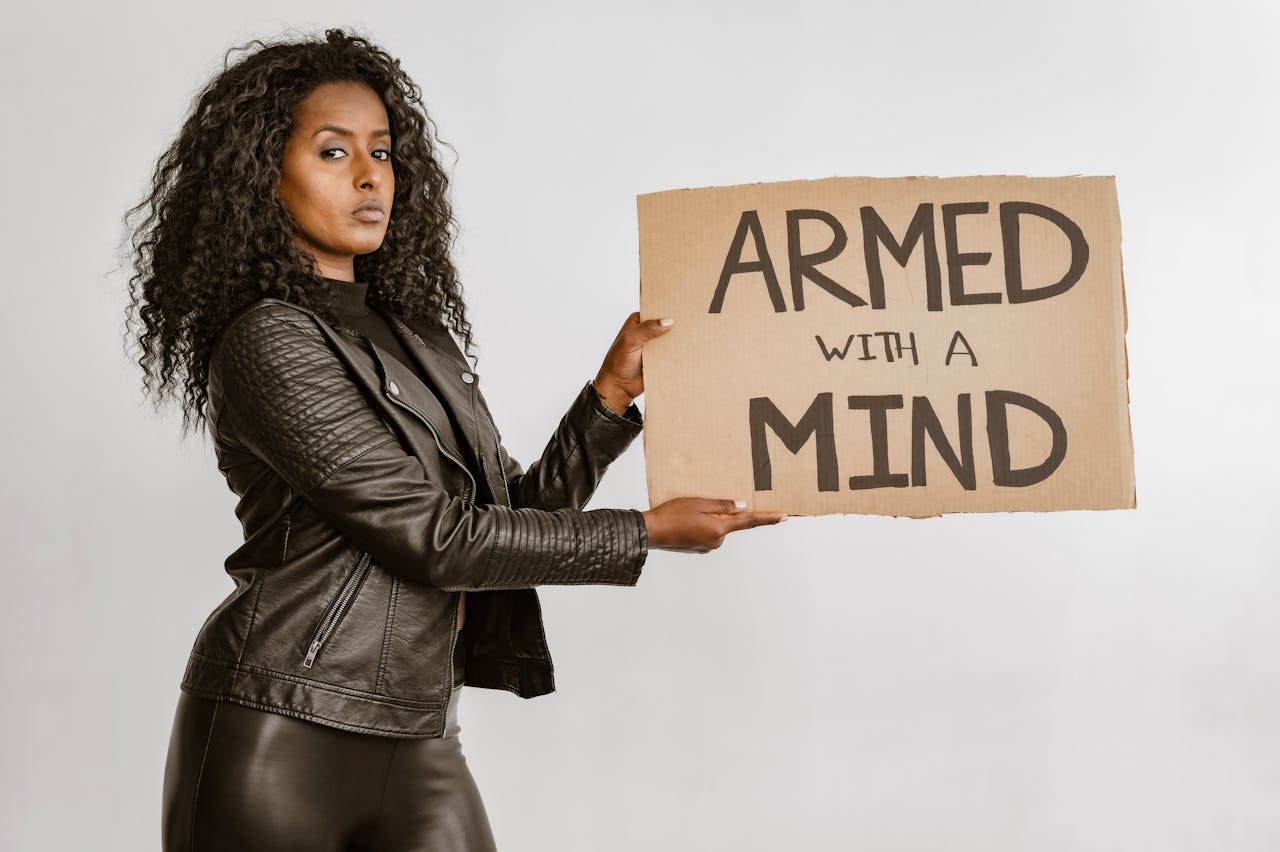
a. Amnesty International
Amnesty International is a global movement dedicated to ensuring that everyone can enjoy their human rights. With over 10 million members worldwide, the organisation believes in its ability to create constructive transformation.
Amnesty International envisions a world where everyone enjoys the universal rights guaranteed by the Universal Declaration of Human Rights and other international human rights mechanisms. Hence, the organisation’s goal is to conduct research and take action to halt serious violations of these rights in order to realise its vision.
Amnesty International is committed to the international human rights defender community, which is the foundation of its core values. Also, the organisation’s thorough investigation and tenacious advocacy have contributed to the global effort to combat human rights violations. All in all, the nonprofit works to modify oppressive laws, hold torturers accountable, and free people imprisoned for merely expressing their beliefs.
b. Direct Relief
Direct Relief is a humanitarian aid organisation that works in all 50 states and over 80 countries. The nonprofitseeks to improve the health and lives of people affected by poverty or emergencies.
Direct Relief works without regard to a person’s politics, religion, or financial situation. Also, the nonprofit provides humanitarian aid to those in danger due to illness, destitution, or natural disasters. It operates in regions where governments and international markets are either unable or unwilling to take action to improve the health of the ill and injured.
c. Equal Justice Initiative (EJI)
The Equal Justice Initiative is dedicated to combating racial and economic injustice. The organisation seeks to end mass imprisonment and excessive punishment in the US. This also includes defending fundamental human rights for the most marginalised members of American society. Also, EJI opposes capital punishment and other severe forms of punishment to help those who have served time behind bars reenter society.
The organisation’s goal is to transform the American narrative surrounding race. Hence, EJI assists communities that have been disenfranchised due to unfair treatment and marginalised by poverty. The nonprofit explores the history of US racial injustice through short films, award-winning calendars, and groundbreaking reports.
Recently, EJI opened the Legacy Museum as part of its national initiative to create new spaces, markers, and memorials that address the legacy of slavery, lynching, and racial segregation, which shape many issues today. Also, EJI offers research and recommendations to support advocates and legislators in the vitally important task of criminal justice reform.
d. CARE International
CARE International fights for a more equal and gender-just world by combatting poverty and injustice. The global confederation has been fighting poverty and social injustice for 75 years.
CARE’s primary focus is on empowering women and girls. Hence, in all its programs and activities, the organisation confronts prejudice and the denial of rights based on gender, race, nationality, ethnicity, class, etc.
CARE creates and applies strategies that improve the lives of those it assists especially women and girls, in a fundamental and long-lasting way. The aim is to bring about changes that are sustainable in terms of the environment, society, and institutions. By 2030, CARE International hopes to assist 50 million individuals in experiencing greater gender equality in their lives.
e. Philanthropic Initiative for Racial Equity (PRE)
PRE seeks to bring together grantmakers and grant seekers, build capacity, and educate community members to enhance the quantity and efficacy of resources used to address institutional and structural racism.
PRE believes that a wide range of efficient initiatives and methods exist to address racial disparities. Also, the organisation recognises the value of meeting people where they are in terms of their comfort level and ongoing learning. This is especially when addressing topics that are frequently complex and contentious.
PRE was established in January 2003. Since then, it has held direct conversations about racial equity and justice with thousands of foundation representatives. Among such includes program staff, management, board members, and individual donors. The discussions focus on how these representatives can further the mission of achieving racial justice through their philanthropic institutions. PRE operates on a national level, frequently collaborating with local, regionally-focused funders across the United States. Also, the organisation is becoming more and more global in its scope.
Conclusion
Racial justice enables equal and fair treatment of people regardless of race or ethnicity. Now more than ever, societies must address racial prejudice, discrimination, and systems that disproportionately hurt some people while favouring others to achieve racial justice. In addition, organisations must recognise how racism appears in their policies and cultures to begin the process of actively combating racism.



One Response